
It is evident that life is changing in Beijing. Bulldozers blot the corners of most city blocks. Abrupt chain link fences obscure construction sites. Shiny new buildings cast shadows over communist era complexes. Polished garbage cans offer receptacles for recycling. Street sweepers whisk away dirt and grime. Posters in the subway support the heavily financed anti-tobacco campaign. Policies have been written to promote politeness, namely in the form of less public phlegm tossing. No menu is without photographs, and very few are without English translations. The first Wednesday of every month has been deemed “Queue Awareness Day,” where Beijingers are asked to refrain from line-hopping.
I think the Olympics last summer were the catalyst for most of these transformations. This month marks the one year anniversary of the games in Beijing, but the spirit of the event is still very much a part of everyday life. The five rings permanently decorate roadways and billboards, and a visit to the “Bird’s Nest” is on every Beijingers list of tourist must-do’s. The pride and singularity we witnessed in the production of the opening ceremony was not contrived—it is a very real thing, and a quality that truly defines the people of this city. The Olympic Games were over in three weeks, but their impact on Beijing will be everlasting.
The most interesting, and I believe most controversial, of these cultural renovations is the demolition of what the Chinese call Hutongs. Literally translated, Hutong means “narrow alley,” an apt description for these traditional neighborhoods. The alleyways are formed by small, single story dwellings. Four homes are blocked together in squares, creating shared courtyards and small public areas. Living quarters are tight, but the arrangement naturally fosters a strong sense of community. Their existence dates back to imperial times. This mode of living, this style of home life, proved harmonious for centuries. But the Westernization of Beijing has relegated the Hutongs to the endangered species list.
In today’s Beijing, they are recognized more as a stop for voyeuristic visitors than a place for modern living. For 150 yuan, one can commission a rickshaw driver for a thirty minute manufactured tour. The government has deemed the Hutongs as unfit for contemporary life. The Party contends that the plumbing is outdated, the electricity is inept, and that the Hutongs are an oily blemish upon the fresh new skin that is Beijing. They are bulldozed blocks at a time, and replaced with drab, characterless, hastily constructed, multilevel apartment complexes. Many residents in the Hutongs are delighted to accept the “upgrade”—if they can’t afford to pay for their new high rise apartment, the government is quick to provide the subsidy. Yet there are many who are fond of their traditional way of life. Those people who resist the change, and refuse to vacate for the arrival of the bulldozer, are delicately prodded from their positions by the government’s subtle tactics, like cutting their electricity and tying their water pipes. Something about not being able to flush can quickly change your opinion.
I think the Olympics last summer were the catalyst for most of these transformations. This month marks the one year anniversary of the games in Beijing, but the spirit of the event is still very much a part of everyday life. The five rings permanently decorate roadways and billboards, and a visit to the “Bird’s Nest” is on every Beijingers list of tourist must-do’s. The pride and singularity we witnessed in the production of the opening ceremony was not contrived—it is a very real thing, and a quality that truly defines the people of this city. The Olympic Games were over in three weeks, but their impact on Beijing will be everlasting.
The most interesting, and I believe most controversial, of these cultural renovations is the demolition of what the Chinese call Hutongs. Literally translated, Hutong means “narrow alley,” an apt description for these traditional neighborhoods. The alleyways are formed by small, single story dwellings. Four homes are blocked together in squares, creating shared courtyards and small public areas. Living quarters are tight, but the arrangement naturally fosters a strong sense of community. Their existence dates back to imperial times. This mode of living, this style of home life, proved harmonious for centuries. But the Westernization of Beijing has relegated the Hutongs to the endangered species list.
In today’s Beijing, they are recognized more as a stop for voyeuristic visitors than a place for modern living. For 150 yuan, one can commission a rickshaw driver for a thirty minute manufactured tour. The government has deemed the Hutongs as unfit for contemporary life. The Party contends that the plumbing is outdated, the electricity is inept, and that the Hutongs are an oily blemish upon the fresh new skin that is Beijing. They are bulldozed blocks at a time, and replaced with drab, characterless, hastily constructed, multilevel apartment complexes. Many residents in the Hutongs are delighted to accept the “upgrade”—if they can’t afford to pay for their new high rise apartment, the government is quick to provide the subsidy. Yet there are many who are fond of their traditional way of life. Those people who resist the change, and refuse to vacate for the arrival of the bulldozer, are delicately prodded from their positions by the government’s subtle tactics, like cutting their electricity and tying their water pipes. Something about not being able to flush can quickly change your opinion.

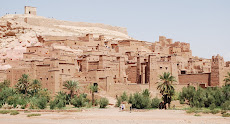





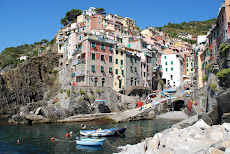



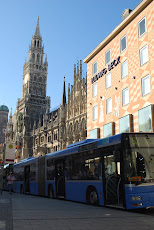








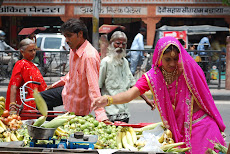

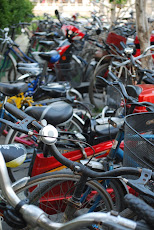
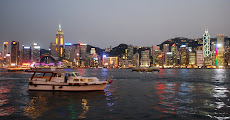

No comments:
Post a Comment